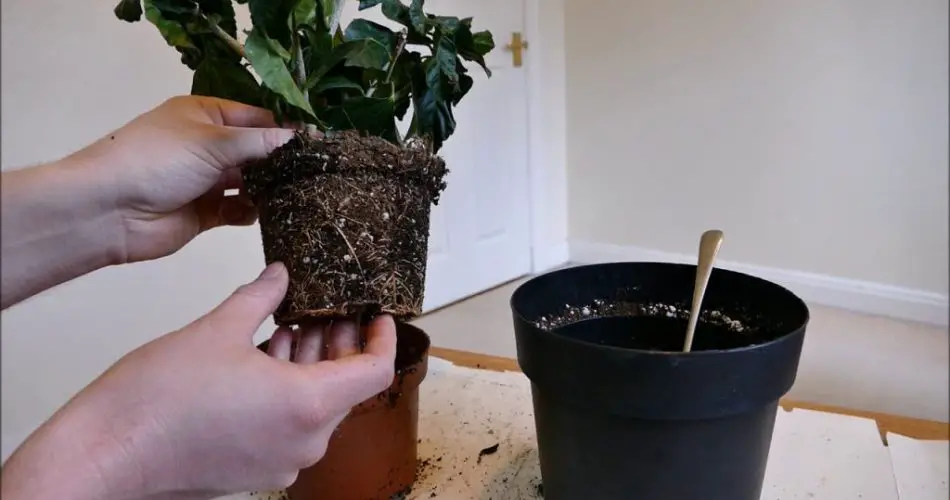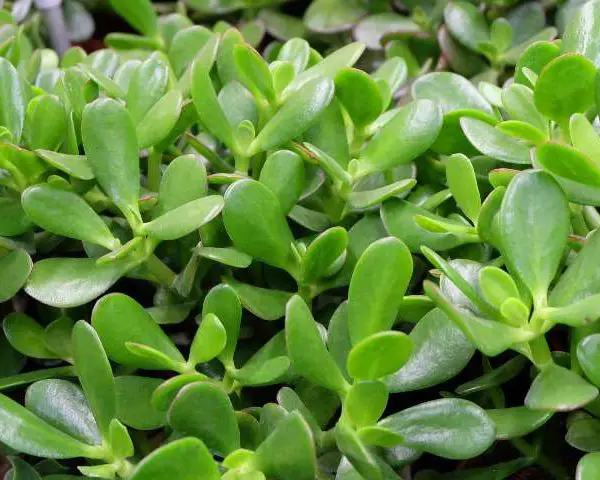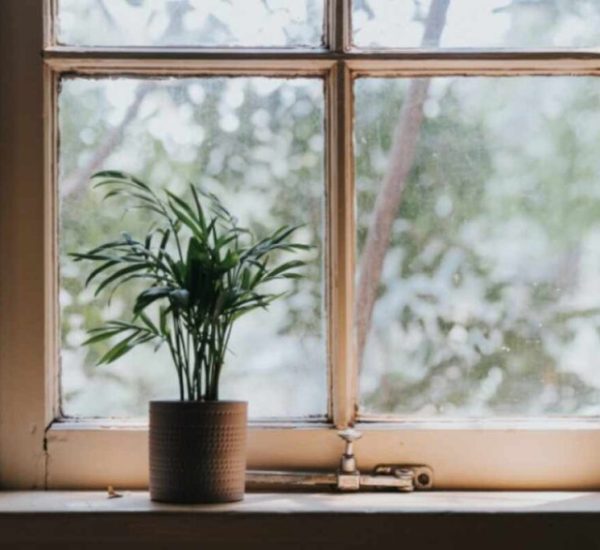Indoor plants are more than just decorative elements; they’re living organisms that thrive with proper care. One key aspect of their care is the regular replacement of soil. But why is this important, and how do you know when it’s time? Let’s dive into the details.
Why Is Changing the Soil Important?
Over time, soil quality deteriorates due to:
- Salt Accumulation: Fertilizers and water deposits build up, making the soil less hospitable.
- Nutrient Depletion: The soil loses essential nutrients needed for healthy plant growth.
- Reduced Air Permeability: Compact soil prevents roots from accessing oxygen effectively.
These factors can lead to stunted growth, yellowing leaves, and even plant diseases.
Signs It’s Time to Replace the Soil
Here are some indicators that your plant may need fresh soil:
- Soil Texture: Healthy soil should be light and fluffy. If it has become hard or crusty, it’s a sign of deterioration.
- Plant Appearance: Drooping, yellowing, or falling leaves indicate potential soil issues.
- Watering Issues: If water runs down the pot walls or pools in the tray without absorbing, the soil’s drainage may be compromised.
- Root Overgrowth: Roots growing out of drainage holes signal that the plant has outgrown its pot.
When to Change the Soil?
The best time to replace soil is during the spring or early summer when plants are actively growing. However, if your plant shows signs of distress, you can replant it any time of year.
How to Replace Soil Properly
Follow these steps to ensure a successful soil change:
- Gather Supplies: You’ll need a new pot, fresh soil, drainage material, and a small trowel or stick.
- Remove the Plant: Gently take the plant out of its pot, taking care not to damage the roots.
- Clean the Roots: Shake off old soil or rinse the roots with lukewarm water to remove debris.
- Prepare the New Pot: Add a layer of drainage material (e.g., pebbles) at the bottom of the pot, followed by a bit of fresh soil.
- Replant the Plant: Position the plant in the pot and fill around it with fresh soil, ensuring the roots are covered but not compressed.
- Water Thoroughly: Give the plant a good soak to help it settle into its new environment.
Final Thoughts
Replacing soil is a crucial step to maintain the health and vitality of your indoor plants. By keeping an eye on soil texture, plant appearance, and root growth, you can identify when your plant needs fresh soil. Following these simple steps ensures your green companions remain lush, vibrant, and thriving.
Take care of your indoor plants—they’ll reward you with beauty and life!



